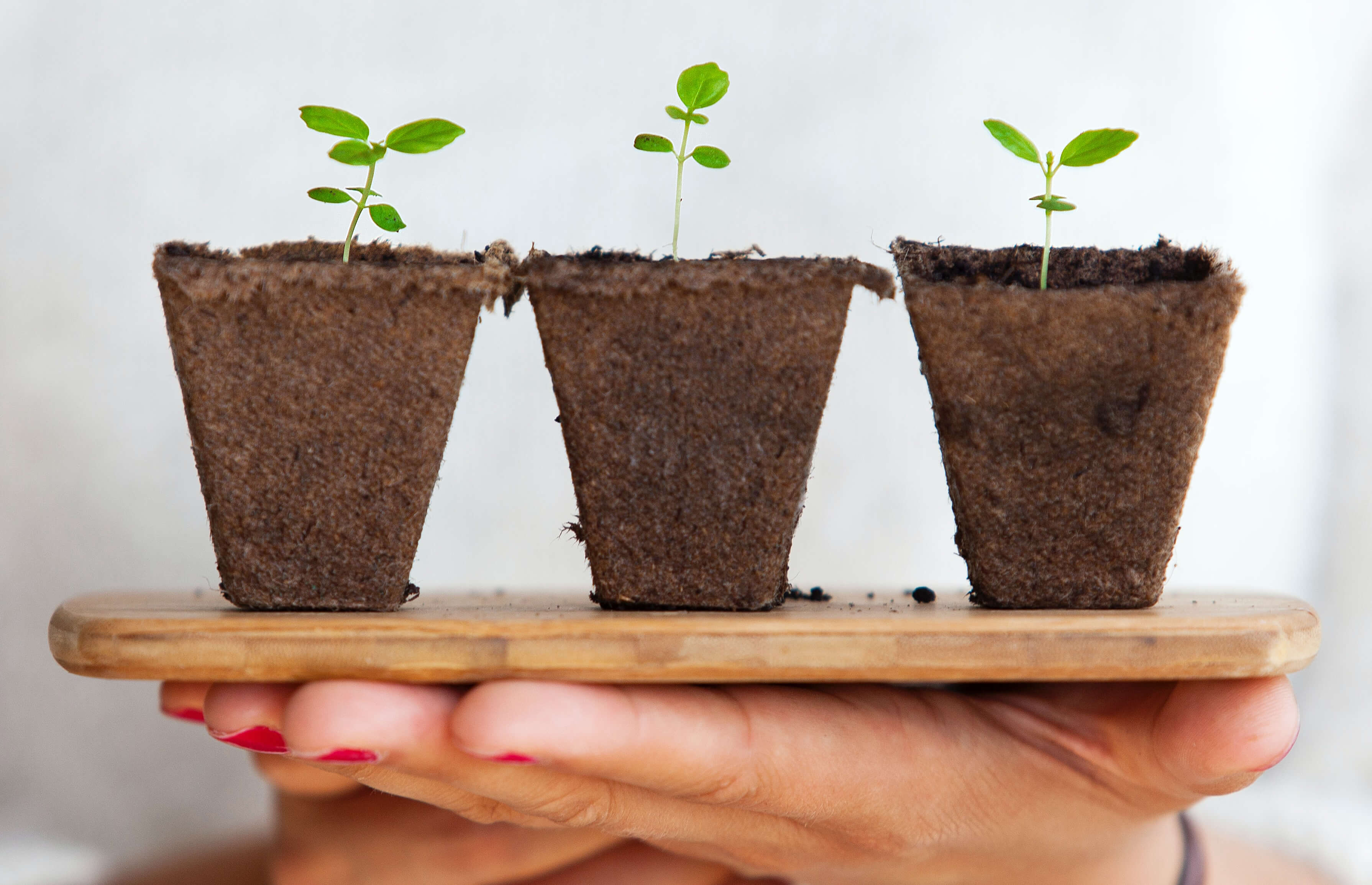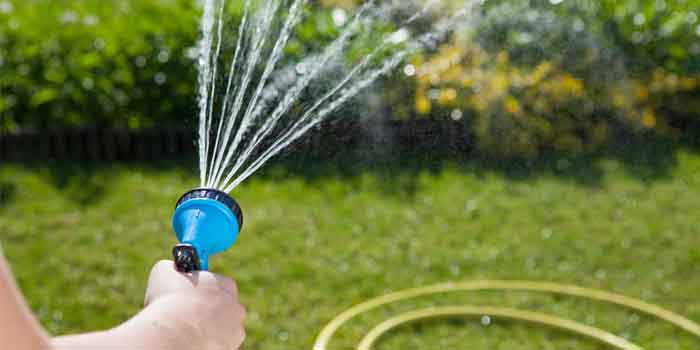Since summer is almost here – and with California slowly becoming a desert – a few tips on how to conserve water around the yard and garden might be right on the money! You’ve mastered water conservation in the home, now it’s time to take it outside!
Plant Drought Resistant Grass, Flowers and Food Crops
Filling your garden with drought resistant plants, flowers and food crops that require little-to-no maintenance will help conserve water while still maintaining a beautiful garden.
According to a NASA study, a majority of lawns in North America consist of thirsty bluegrass. Over 50,000 square miles of lawns in the US alone consists of the water hungry greenery! Luckily there are alternatives to bluegrass that will keep your lawn looking pristine and green while saving you time and precious water.
Considering that some cities and townships put bans on water consumption during the summer months and some places are even running out of water, a yard filled with drought resistant plants is an excellent way to maintain a lush garden and still conserve water.

Prevent moisture loss by putting mulch around trees and plants
Mulch is an important component of water conservation in your yard since it slows evaporation of moisture from soil while lowering the chances of weeds taking over your garden.
To do this, add about 5 – 10 centimeters (2 – 4 inches) of mulch to your flowerbeds and around trees making sure to press down around the dripline of the foliage to create a depression that catches water runoff and keeps the soil wet.
Using sprinklers? Make sure they’re aimed towards your plants.
Keep water waste to a minimum by positioning the trajectory of your sprinklers to actually hit their intended target and not the driveway, the house, the gutter…or your neighbor!
Avoid watering your lawn if it isn’t necessary.
Cut your water waste down by only watering the lawn when it actually needs it. Check to see if your lawn in is need of some H2O by stepping on the grass and waiting to see if it springs back up when you move your foot, if it doesn’t it’s time to break out the garden hose, sprinklers and other methods of mass hydration.
The height of grass plays a factor in water retention as well. Allowing grass to grow to about 7 centimetres (3 inches) encourages water retention in the soil.
A majority of lawns only need about 2.5 centimetres (1 inch) of water a week to stay properly hydrated but if your town puts the kybosh on watering lawns during particularly dry summers, the lack of water won’t kill your lawn (even if it looks brown and dry), it simply goes dormant until the morning dew and wet weather from cooler temps brings it back to its usual green glory.
Give your lawn a deep-soak
While it may sound a bit hypocritical, giving your lawn a light dousing of water is not giving it the proper amount of water it needs, most of it will evaporate not allowing the water to reach the root where it counts.
Giving you lawn and garden a light watering also increases the chance of a shallow root system meaning you’ll be wasting more H2O in the long run. Give your lawn a deep soak while preventing overwatering by placing an empty tuna can (or something of similar size) on your lawn when watering it. Once it’s full you’ll know your lawn received the deep soak it needs to stay healthy and green.
Water in the mornings and avoid the wind
If you want to save water and keep your lawn and garden looking beautiful, consider watering the lawn as part of your morning routine, doing so will reap the biggest benefit.
Why in the morning and not at dusk? Giving your lawn a morning spritz decreases the chance of fungus growth and prevents water from evaporating keeping pests that may harm your garden from accumulating.
Watering your garden on a windy day would not be in your best interest since it makes aiming sprinklers and hoses at they’re intended target difficult and increases water waste.
Install a rain barrel
You can really up your water conservation game by installing a rain barrel catchment system in your yard. Why use water from the tap when Mother Nature provides it for free!
Avoid using the hose to clean off walkways, driveways and steps.
Using the hose to clean off paved areas is incredibly wasteful and has the potential to send harmful chemicals into the local water system. A broom is your best friend when cleaning these spaces.
Replace any outside faucets or hoses with leaks in them
Just like the inside of your house, outside leaks can waste a lot of water. The Environmental Protection Agency estimates that nearly 50 percent of the water used outside is wasted due to inefficient watering methods.
Replace any leaky hoses or faucets outside as soon as possible and prevent unnecessary leaks by using spigots, hose connectors and hose washers.
Try Xeriscaping
“Xeriscaping” is landscaping or gardening that reduces or completely eliminates the need for supplemental water from irrigation. The word was originally coined by a task force from the Denver Water Department, Associated Landscape Contractors of Colorado and Colorado State University to describe landscaping with water conservation as a major objective.
The term is derived from the Greek word “xeros” meaning dry.
Retrofitting your yard for xeriscaping involves a bit of surveying, prep and adjustments in the placement of plants and sprinklers. Considering that nearly 50% of household water is used in the yard or garden, these adjustments will make it worthwhile when it comes to amount of water you’re conserving.
Water is a precious resource and unfortunately one that many people take for granted. Start showing how much you appreciate our planets lifeblood by conserving water on both the inside and outside of your home.
Sources:
http://www.sheridannurseries.com/garden_tips/general_gardening/drought_tolerant_plants
http://www.bhg.com/gardening/flowers/perennials/perennials-with-drought-tolerance/
http://www.treehugger.com/clean-water/6-grasses-for-low-maintenance-drought-resistant-lawns.html
http://beforeitsnews.com/self-sufficiency/2013/11/list-of-drought-tolerant-food-crops-2467722.html












